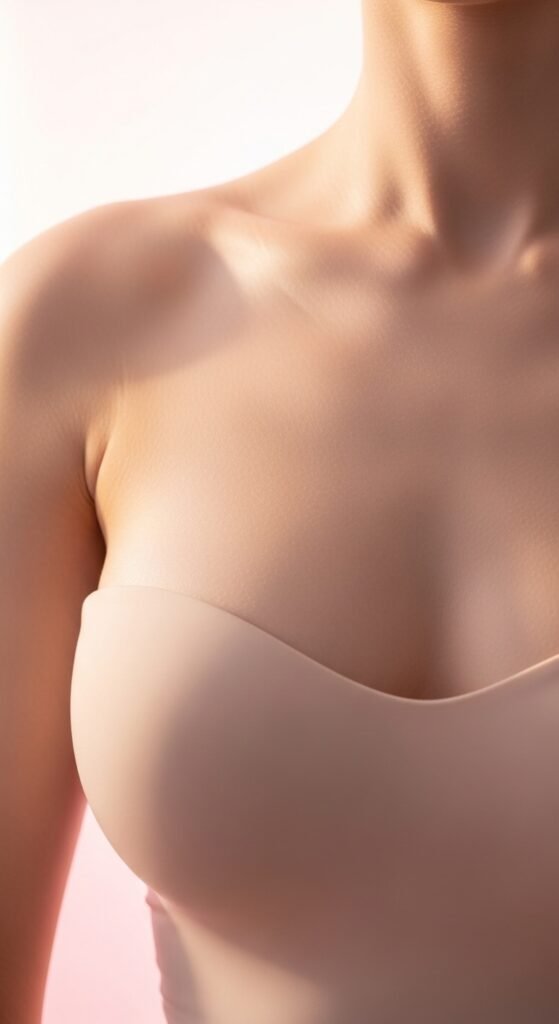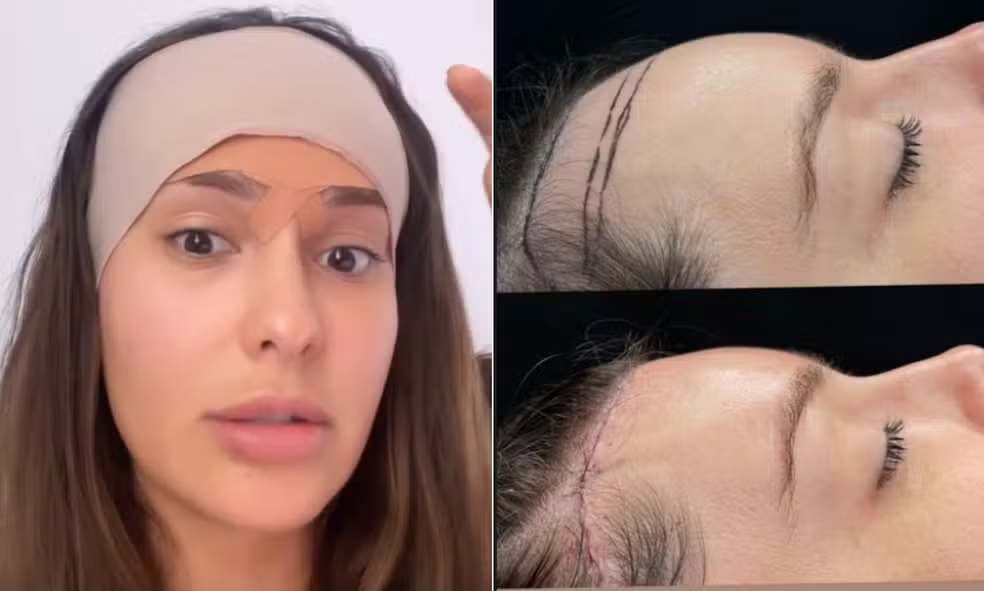Necklift Scar: Everything You Need to Know About the Chin Incision
A necklift, also known as a lower facelift or neck rejuvenation surgery, is a highly sought-after cosmetic procedure designed to correct sagging skin, remove excess fat, and redefine the contours of the neck and jawline. While the results can be transformative, many patients worry about the scar left behind. In this article, we’ll explain exactly where a necklift scar is located, how it’s made, and why precise surgical technique is essential for a natural, aesthetic outcome.
Where Is the Necklift Scar Located?
The necklift scar is intentionally discreet and positioned so that it’s not visible when the patient is facing forward. Typically, the incision is made just below the chin, slightly behind or in front of the jawline. The key is that the scar is placed in a shadowed area of the neck, making it nearly invisible in everyday situations.
This strategic placement is crucial: even after surgery, the scar remains hidden from frontal view. Only when looking upward from below can the incision sometimes be seen. The scar itself is small, usually measuring about three to four centimeters in length.
The Purpose of the Incision
Although small, this incision allows the surgeon to access all the central structures of the neck. This includes the muscles, superficial and deep fat, and the Platysma muscle.
Through this precise opening, the surgeon can perform a meticulous and comprehensive treatment of the neck structures:
- Neck muscles: Muscles can be repositioned and tightened to create a firmer, more defined contour.
- Superficial and deep fat: Localized fat can be removed or reshaped to enhance jawline definition and overall neck appearance.
- Submandibular glands: In some cases, these glands can be adjusted for improved symmetry and aesthetic balance.
- Platysma muscle: Repositioning and tightening the Platysma corrects sagging and refines the jawline for a smooth, natural result.
This careful approach ensures a natural-looking necklift and prevents the unnatural or exaggerated appearance that can result from more invasive techniques.
Why Longer Scars Are Not Recommended
It’s important to note that long scars extending across the entire area below the chin are not suitable for cosmetic necklift procedures. Such large incisions are unnecessary for aesthetic purposes and can compromise the visual result.
Longer scars may be required for medical surgeries, such as tumor removal or treatment of specific neck conditions, where the priority is complete access to the surgical site rather than aesthetics.
For cosmetic procedures, the goal is to achieve maximum results with minimal invasion. A small, well-placed incision provides access to all essential structures, reduces visible scarring, and allows for a faster recovery.
Postoperative Care and Scar Management
Even when the scar is small and discreet, proper postoperative care is essential for optimal healing. Patients should follow their surgeon’s instructions closely, which may include:
- Proper cleaning of the incision area
- Avoiding direct sun exposure during the healing process
- Using silicone gels or other scar treatments if recommended
- Avoiding strenuous neck movements or heavy lifting that may stress the incision
With careful care, the scar typically becomes almost invisible over time, allowing patients to enjoy the aesthetic benefits of their necklift with confidence.
Conclusion
When performed correctly, a necklift scar is small, discreet, and strategically positioned to remain hidden. Through a three- to four-centimeter incision, the surgeon can access muscles, fat, the Platysma, and submandibular glands to achieve a natural, harmonious neck contour.
Avoiding long scars is critical in cosmetic procedures, as they are unnecessary and can negatively affect the final appearance. The success of the surgery relies on the surgeon’s skill and the patient’s adherence to postoperative care instructions.
If you are considering a necklift, choose a qualified, experienced plastic surgeon who uses modern, precise techniques to ensure a safe, aesthetic, and natural-looking result.






